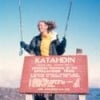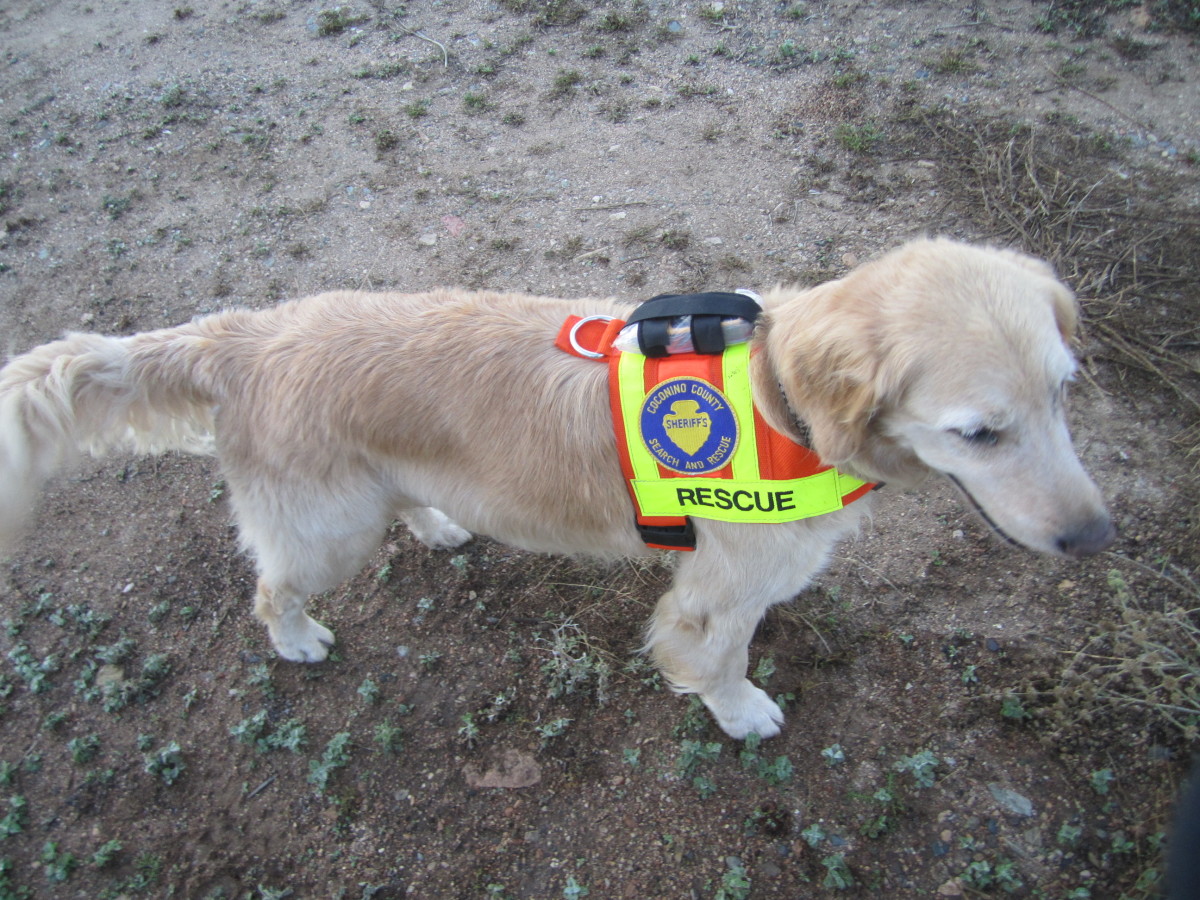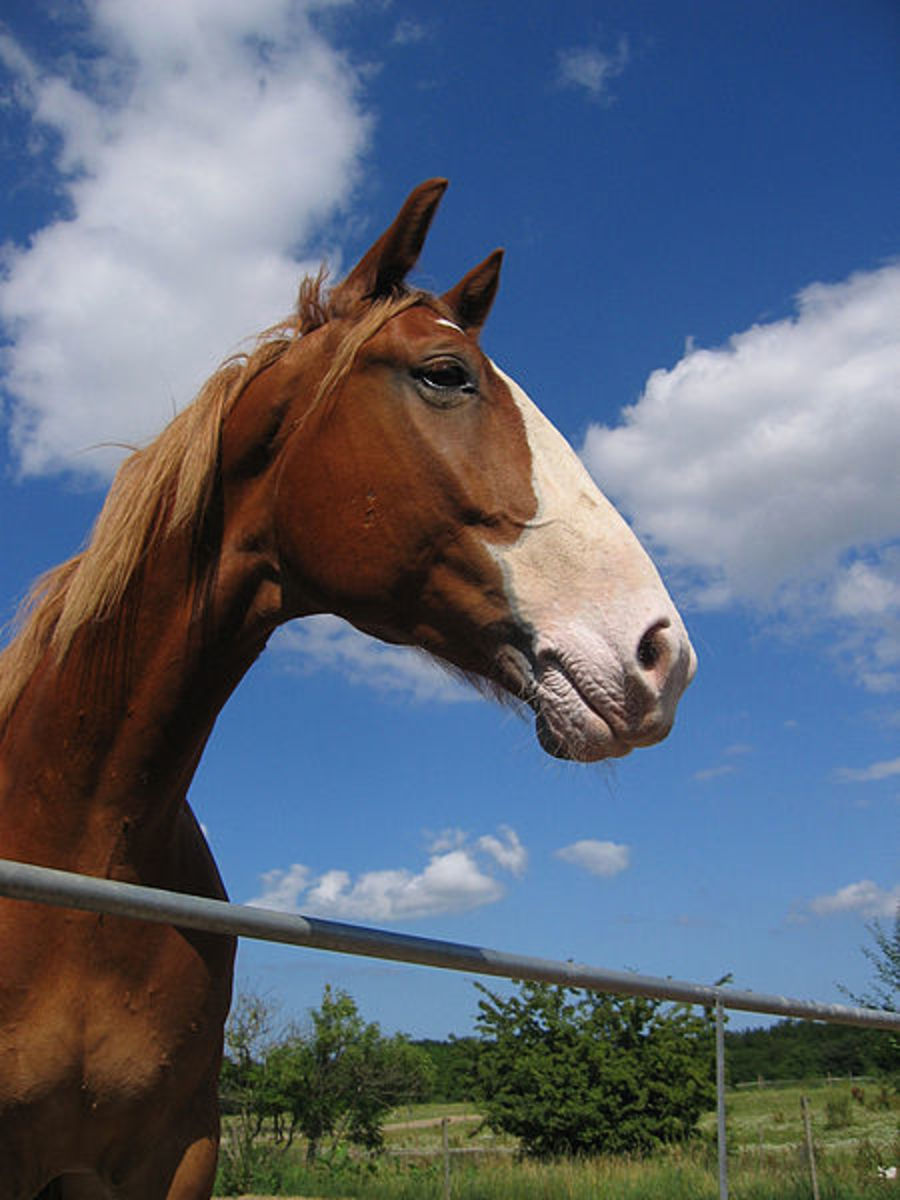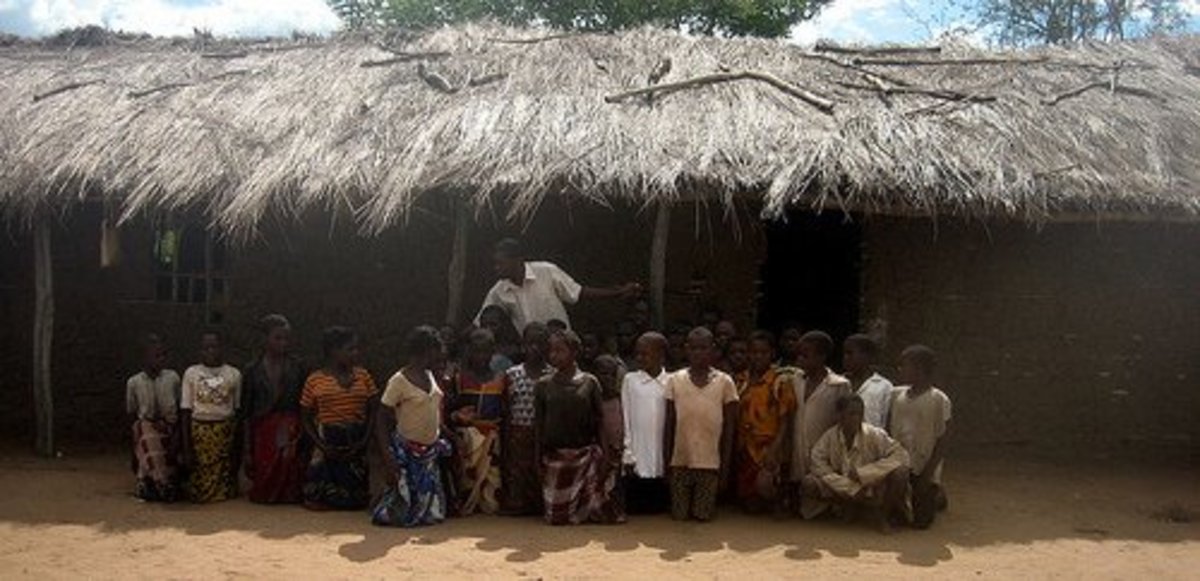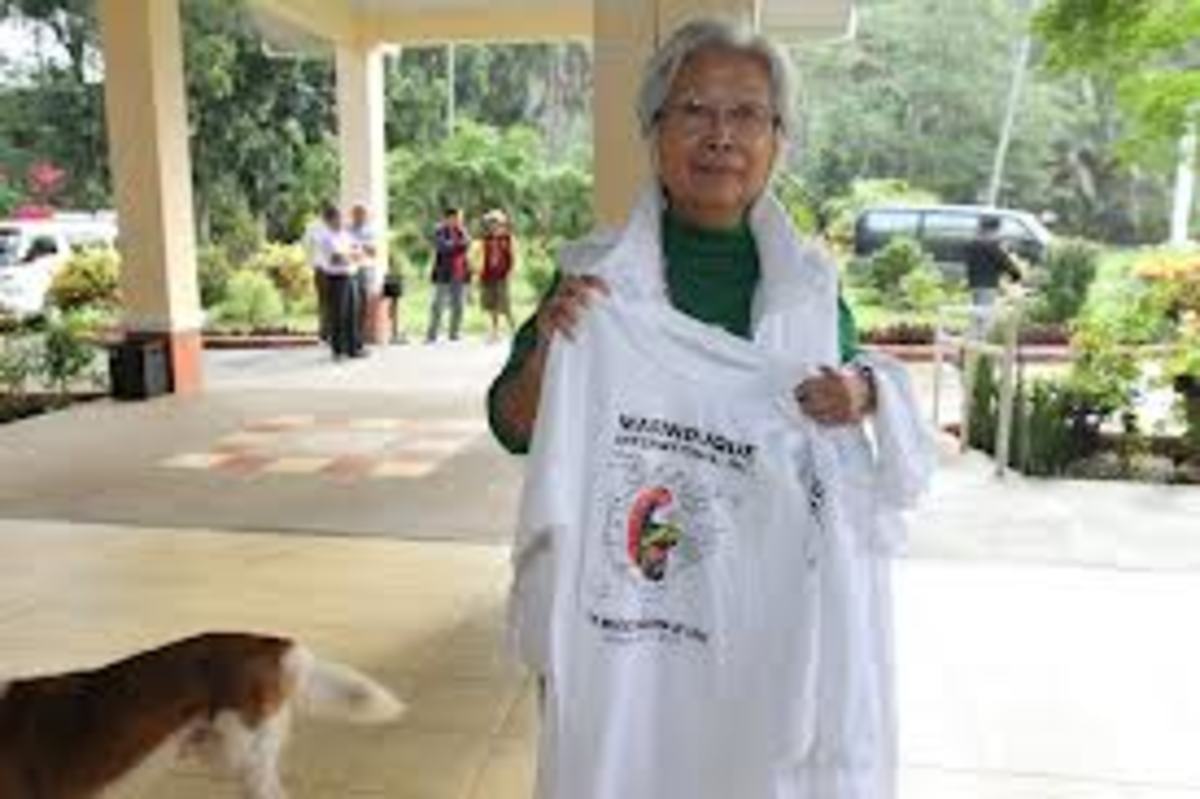Search and Rescue Volunteers: Stories of Everyday Superheroes
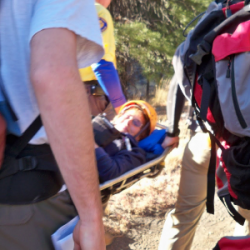
Coming to the Aid of Those in Need, 24/7
They don't usually wear masks or bodysuits, but they will show up at any and all hours of the day or night, any day of the year and in all kinds of weather, to help. They might even have to scale a wall (or cliff) or fly. Whatever it takes to get the job done.
But they aren't in it for the personal glory or for the money. In fact, you probably will never know their names, except as collective groups.
These are the men and women -- and sometimes their dogs and horses too -- who volunteer for Search & Rescue teams around the world, called upon to search for the lost and missing, rescue those who find themselves in unintended precarious situations or injured in the backcountry, to assist in times of disaster, conduct body recoveries and evidence searches. They perform other community service as well, giving their time and often putting themselves at some (managed) risk so that others may live ... or at least to bring some closure to loved ones.
These are a few of these everyday superheroes' stories...
Image Credits: Unless otherwise noted, the photos on this page were taken by me, Deb Kingsbury.
Well, sometimes SAR volunteers do actually wear masks and bodysuits! (From an evidence search at a landfill)
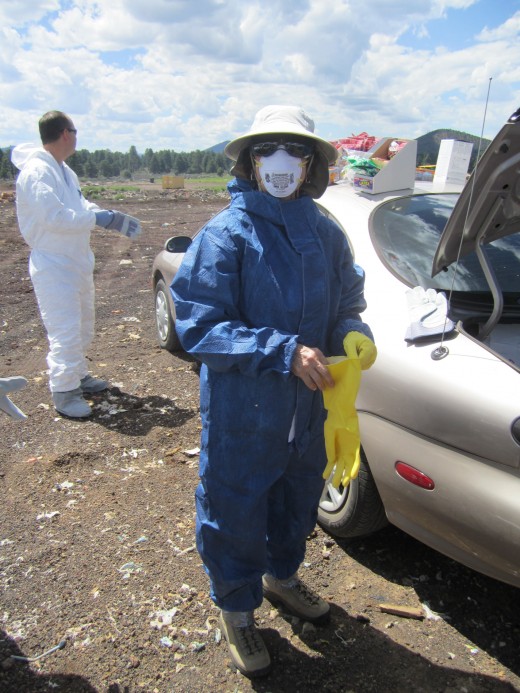
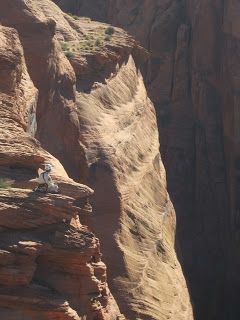
From Carpentry to Canyons
All in a very long day's work
Still a busy carpenter and handyman by trade in his 60s, he'd been in the midst of a working day when the call had come in -- a technical rescue in a canyon he'd never heard of before, not in all his two-and-a-half decades in "the business" of helping people in the backcountry.
But canyoneering was becoming increasingly popular in the area as of the past couple of years and rescue unfortunately more frequent, with adventurers rappelling into ever more remote and rugged cracks and crevasses, not designated on any map. Some of these canyons were known by name only socially (in online forums) among those with the burning desire to explore these places by anchor, rope, and harness. Today, one of those people had lost control while on rappel and fallen 150 feet.
The carpenter had set down his hammer and placed a quick call to his client, who knew he was a long-time, dedicated SAR volunteer and had given his blessing without hesitation: "Go save someone today," he'd told the carpenter, "and come back to finish up when you can." Not all customers or bosses are so supportive, so the carpenter-turned-rescuer was thankful. This was his passion.
There was no need to detour for a stop at home; the rescuer had everything personal he'd need already in his truck. The rest of the gear would come from the sizable team stash at the Search & Rescue building, where he would rendezvous with other volunteers -- among them a retired psychics professor, a pharmaceutical tech, a freelance writer, a student, and more -- who would also be leaving work or whatever else they'd been doing at the time the call (and text and email) had come in. It was what they'd signed up for and expected -- the unexpected, that is -- when they'd joined the team.
Fast forward now, past driving to the SAR building, loading gear, driving again down long gulley-filled Forest Service roads, unloading gear, sizing up the scene and situation, rigging anchors and ropes, and the setting sun, and the carpenter prepared to descend by headlamp.
More than five hundred feet down a steep forested slope, he'd make his way into the canyon. The slope would become even steeper -- almost vertical now -- and he'd continue down the rope through manzanita and cactus that would grab at his gear and his skin. Then he'd leave the brush behind and slide free, legs and feet dangling in the dark void, past rock faces he could barely see as he moved by feel and skill. Down, down, down, carefully, weighted by a pack filled with his own gear and supplies to sustain himself for however long it would take, with technical equipment strapped on top in another pack, and a heavy medical bag slung over his shoulders -- easily 80 pounds on that 63-year-old frame descending into the darkness. It was hard enough to rappel that far with just one's own body weight.
Hours later, with dirty sweat dripping into his eyes, his hands burning inside leather gloves, and veins and muscles bulging under the strain, he hauled hand-over-hand with the others, resetting and hauling again ... and again ... and again ... slowly bringing up the Stokes litter from an unseen cliff far below. They worked on a ledge barely big enough for the operation.
In the litter was strapped a badly injured yet still living man, broken and bleeding on the inside and out. With the injured were two attendants, also members of the team who'd rappelled further down to reach the patient and keep him alive (they hoped) for the long ride up. A helicopter rescue wasn't possible from deeper within the narrow canyon.
Those 63-year-old muscles continued to burn ... and to burn calories long since depleted. Fatigue had set in hours before, but there was no time to pay attention to trivial things like that. Not until after the patient had been brought up to the ledge where the helicopter could send down a rope and short haul the critically injured canyoneer to a waiting medical transport. Not until the gear had been collected. And not until he'd ascended under his own power all the way back up those hundreds of feet of rope, past cliff and through brush, then heaved his sore, scraped, exhausted body over the rim where he could finally drop his heavy load.
Twenty-six hours after the carpenter had left behind the tools of his trade in exchange for technical rescue tools instead, he immediately fell asleep on the bumpy ride back to town, knowing that the collective effort of which he'd been a part that day had saved another life.
Search and Rescue Reading
Some good page-turners for those who like SAR stories
Experience wilderness SAR from the perspectives of both rescuers, including mountain and technical rescue volunteer professionals, K9 handlers, and backcountry medical caregivers, and rescue-ees also. These are books I've read and recommend.
The Stories that Movies are Made Of (Except these are real)
These firsthand accounts, intimately told by a 12-year SAR veteran, capture the essence of how it feels to be in the middle of a rescue with one of the world's best and busiest volunteer teams - from both the victims' and rescuers' perspectives.
Among the rescues covered in this book are some that captured national attention, likethe Thanksgiving Nutty Putty Cave incident, the Aspen Grove Christmas avalanche, Elizabeth Smart, and more.
150 photos are also included.
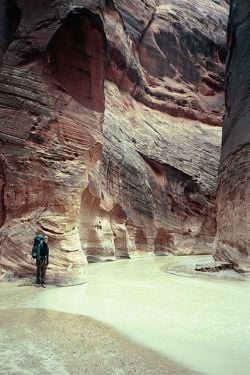
Out and Back the Long Way
Rescue Plan B
There was no sense in trying to rock hop across, even though she could do that here; she knew she'd be getting soaked to the skin at least to the knees -- possibly to the waist -- soon enough and staying soaked for hours. They had a long way yet to go to reach the stranded hikers, and she knew unavoidable silty water filled much of the route, along with deep mud that could suck a loose hiking shoe or boot right off your foot with an unlucky step. That's what she'd heard anyway; she'd never been here before.
So far, aircraft rescue attempts had been unsuccessful, so she and her two companions from the team had been sent in on foot. Based on the coordinates of the last SPOT Satellite Messenger 911 signal, the pair of hikers who were in some type of distress had pressed that recessed, one-way SOS button from a location as much as 14 miles from the trailhead. But no one knew what the nature or severity of that distress was, so the team were assuming the greatest urgency. That's all they could do, so she didn't want to dawdle or stop for long to rest. She'd ignore the lactic acid building up in her aching legs and deal with the stiffness later.
As she stepped into the cold water, she thought about her husband back home, grateful for his support every time she texted him at work, or interrupted a movie, or asked for a "date night" raincheck to go on yet another SAR mission. He'd come home at lunch to take care of the dogs, he would say. Don't worry about dinner, he'd be fine he assured her. Just be safe, he always said. In her mind, her husband was as much a dedicated volunteer as she was, even though he wasn't actually on the team. She felt the same about all the other families of Search & Rescue volunteers.
And yes, she'd told her husband, as she gave him a quick kiss and grabbed her car keys, that, as always, she would be as careful as she could be. In fact, she was probably one of the most cautious on the team of almost 100 members, taking the "self first, teammates second, victim third" hierarchy to heart and always assessing the risk.
As much as she loved hiking and, like on this mission, seeing backcountry places she'd never been, she was as cautious as ever today, watching her steps and, to a lesser degree, those of the two young men, half her age in their early 20s, who were with her, glancing back at them now and then and slowing her pace till they'd catch up. She couldn't help but smile, knowing she could still go the distance at a good pace.
Miles passed as they waded through the water and mud. Only once did she almost lose her balance and a shoe when she chose the wrong spot for her next step. The murky water had been much deeper there than she'd anticipated. She was thankful that her teammate was close at hand at that moment and quickly extended a helpful arm.
Bend after bend they rounded, thinking maybe the hikers in distress would be just around the next one ... thinking they'd hear the next helicopter at any moment. There was no traffic over the radio -- no communication with anyone else from the team unless the aircraft were overhead to talk to them and relay. She wondered what the rest were up to and how other rescue efforts -- plans C and then some -- were going. She knew various scenarios were being explored, as always.
Then, after almost five hours of hiking and somewhere around 14 miles covered since they'd left the trailhead, she heard the sound of rotors and a crackled "We've extracted the second subject" come over the radio strapped to her chest.
She stopped in her tracks in water up to her shins and looked at her companions. They stopped too and, after listening to a few more broken, staticky sentences over the radio as the helicopter moved away, the three ground-pounders went to the far bank and sat down on a sandy shelf. For a few minutes they rested, crunched some granola bars, chugged some water, then got up, stretched and groaned. She thought about her aching legs now, the fatigue, and then her husband again, as they slowly began walking back the way they'd come.
Experiences of a Wilderness Medical Doctor
This is an excellent firsthand account, written by ER, ski patrol and emergency wilderness physician, Christopher Van Tilburg.
For a full review and overview, see: Wilderness Survival and Rescue Reading.
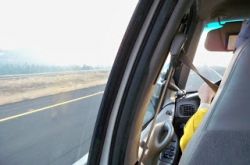
There's More To It Than Ground-Pounding
Still vital to the effort
He could no longer move like those young bucks who'd high-tailed it up the trail as soon as they'd been let loose. Used to be he could've hiked circles around them all. He'd been through it all, seen it all, in Vietnam. Those kids had no idea what tough was.
And tough was still his middle name, but he knew his limits now and didn't show for Search & Rescue calls to beat feet up mountains or rappel over cliff edges. He wasn't about to hike two miles let alone 10 or more to find those who'd lost their way or to lug the injured over rocks and logs to get them back to a road where someone else could take charge. Those days were over for him.
But he could still drive, though -- long hours too, without getting the least bit tired -- while the other volunteers rested up for the mission at hand and rested again when it was over, on the way home. And he could sure help man the radios at the command post -- he used to do plenty of that in the military -- and assist the one in charge of the whole show with mapping the location of the strike teams and task forces in the field, segmenting search areas, and planning the next moves. He was real good at all of that too, and he knew that of course there's a lot more to a successful mission than being out there in the middle of the action. Or potentially in the middle of it, anyway.
No, he didn't have to be the one to actually find anyone or haul them outta harm's way, no sirree. He knew he still played a very important role on any mission, regardless.
But still ... it wasn't easy not being out there, lugging a pack, making the miles, tracking and searching for clues. He'd been part of that for so long. He'd done his time. Like that one time on the mountain in the middle of winter, during the worst blizzard of the season, when he'd snowshoed to the saddle...
But today there wasn't time to remember more of that mission or any others. The Coordinator wanted his opinion, so he leaned over the map and looked at the situation evident in the contour lines, symbols, and computer and hand-drawn marks specific to the mission, stroking his chin in thought with a stern look of concentration. Radio traffic was starting to come in more rapidly now, from multiple teams in the field. Notes needed to be logged, decisions made, then an evacuation plan quickly formulated, and more comms.
Then he was behind a wheel again, driving what had no business being called a road -- a boulder track more like -- getting the Stokes and the wheel and splinting supplies in to the searchers who'd located the subject, navigating a maze of unmarked two-tracks all on his own while at the same time managing not to get the truck stuck or disabled along the way, like only a seasoned pro could do. The young folks out there with their fancy, new-fangled gear, needed him.
Later that night, while driving his tired teammates home (he used to drive back even after 24 hours of hard hiking and searching and rescuing himself) after bringing the once-missing-now-found patient back to safety, he knew he'd played an important role yet again. That night, he informed his wife of 51 years he'd be responding to SAR calls well past his 100th birthday, with a "so there!" added for emphasis.
More Than a Century of SAR in the National Parks
This book includes 375 true tales of heroism and tragedy drawn from the nearly 150,000 search and rescue missions carried out by the National Park Service since 1872.
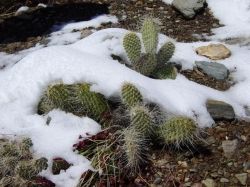
Getting Their Third (or Fourth) Wind
Just a little further....
To heck with sleep, it's overrated, she told her teammate as they wove through the pinion and juniper, keeping an eye on the search dogs' flashing collars as they ranged. The women searched too and navigated while calling the boy's name, trying not to trip on a rock or stump, step on a cactus or walk into a branch in the process. This was late-night multi-tasking at its best.
She'd been up since 4am, to take the dogs for their morning 4-mile walk before she'd leave for work. The call-out had happened when she was on her way home at the end of the day, so she'd had just enough time to stash some more snacks, dog treats, and water in her backpack, load up the pups, and head to the SAR building for a briefing. There, she met up with her backer, and they rode together with the dogs to the search area.
By two a.m. they were dragging but still paying attention, still calling the child's name. And the dogs were still working also, searching for scent. Handler and searcher were still talking to each other intermittently, keeping tabs on one another so they didn't get too far apart, keeping on their search grid, staying focused. It got harder as the hours went by, but they so wanted to find that boy. He must be scared. And very cold. There was still snow among the prickly pear.
And it was a nasty cactus that forced the team of two women and three dogs to stop while tiny spines were painstakingly extracted from a paw and furry leg by tweezer and headlamp. Two dogs rested while the third lay panting on his back, not making a peep as the tedious and painful work was done. Then snacks and treats all around. She gave the dogs water again and let them rest a bit more. She put their welfare before her own. What a dedicated bunch.
Hours later, as the hint of a rising sun peeked over the horizon and the early morning temperature felt like it suddenly dropped 10 degrees as the breeze picked up, she contemplated (agonized about, more like) calling in to base. They were finished with their assigned search area -- it had been a large and difficult one -- and both human and animal were exhausted. But, then again, there was still more ground they could cover while they were out there.
Just a bit more? Her backer agreed. They couldn't give up. Not yet.
A few minutes later, three flashing collars shot off into still the dark forest, fading into the distance. Minutes later, the flashing lights returned, and three excited dogs ran back to their devoted master to give their alerts.
No one felt tired anymore!
More Firsthand Accounts
- Deb's Search & Rescue Stories
Tales from a volunteer's perspective (that would be me) - Wilderness Survival and Rescue Reading
More book suggestions and reviews
Have You Ever Been Helped by an Everyday Superhero? Or Have You Been One Yourself? Tell us about it.
Maybe it wasn't Search & Rescue but just a good samaritan who came to your aid in a time of need. Big or small, what's your story? Share it in the guestbook below.
© 2013 Deb Kingsbury
